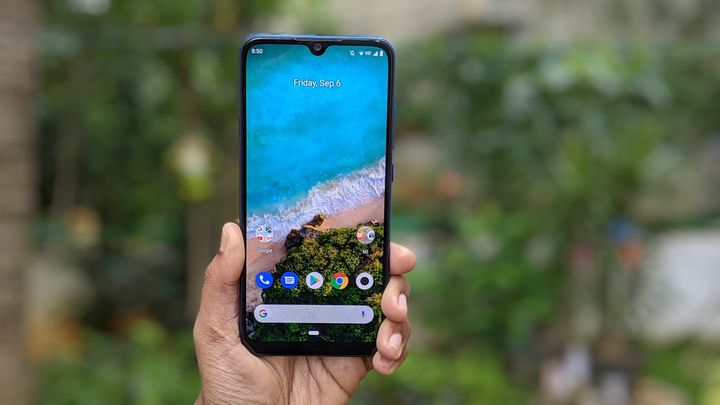
The Android One-packing Mi A-series has been an odd decision for Xiaomi, given how much the Chinese company pushes its own MIUI interface. Not that we were complaining – the A1 and the A2 married Xiaomi’s hardware with a clean Android OS experience that was guaranteed to be first in line to get updates from Google. With the Mi A3, Xiaomi’s stuck to the same formula, but while it’s fixed a bunch of issues that held the A2 back, it’s also taken some steps backwards. Here’s what you need to know.
The Mi A3 is available in More than White, Not just Blue and Kind of Grey colorways, at Rs. 12,999 for the 4GB/64GB variant and Rs. 15,999 for the 6GB/128GB variant. All variants use the Qualcomm Snapdragon 665 and the new Adreno 610 graphics chip.
For the latest news and more, follow HuffPost India on Twitter, Facebook, and subscribe to our newsletter.
Design and Hardware: Evolutionary
Eschewing the all-metal design for a Gorilla Glass 5 glass sandwich design, the Xiaomi Mi A3 looks nothing like its predecessors, and seems way more premium than its asking price. What sets the Xiaomi Mi A3 apart is its ergonomics, with curved rear edges and overall dimensions, courtesy the slimmed down bezels, making it sit just right in your palms.
This is among the rare bunch of phones you can use one-handed. Keen eyes will notice that headphone jack, which went missing in the Xiaomi Mi A2 is back as is the hybrid SIM slot which allows you to use two SIM cards or forgo one for storage expansion via a MicroSD card. The infrared blaster, a Xiaomi regular, which can be invaluable when the TV remote goes missing, is a welcome addition.
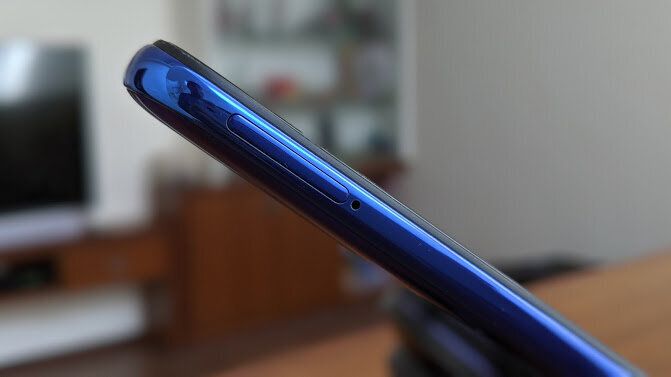
As you’d expect, the phone has no issues with all daily tasks, and games like PUBG and Asphalt 9 manage just fine — as long as the graphics are set to medium.
Display: The A3’s Achilles’ Heel
Let’s address the elephant in the Room, the 6.08-inch Super AMOLED waterdrop-notched display on the Xiaomi Mi A3. The choice of an AMOLED panel is good for reasons of vivid colors and deep blacks, but Xiaomi’s degraded the experience by picking a lower resolution 720p (1560x720) panel for the Xiaomi Mi A3. The result is the occasional pixelation and jagged edges on text, and it’s clear that Xiaomi Mi A3 is severely hobbled by its choice of panel, with the competition, even from Xiaomi’s stable, rocking pin-sharp Full HD+ displays up and down this price segment.
Brightness levels are adequate for indoors use but the experience disappoints under bright sunlight. Also disappointing: the in-display fingerprint scanner, which is glacially slow and often fails to recognize the registered fingerprint. One wonders if a regular rear mounted physical scanner would have been a better choice—the current system may differentiate the Xiaomi Mi A3 on the marketing spec sheet but falls short in real-world use.
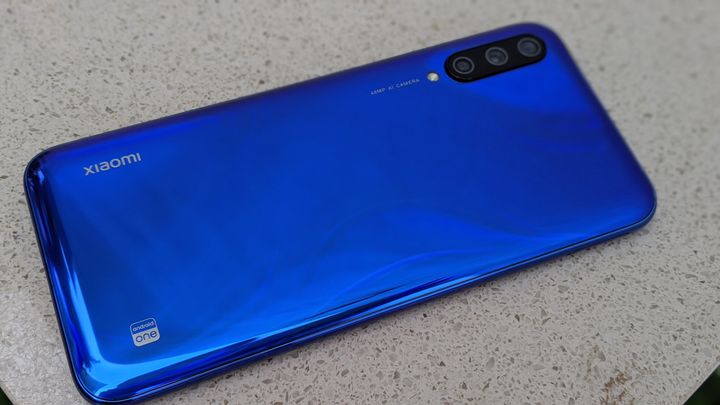
Software: Android One redeems
Let’s face it—the real reason you’re likely considering this device is the software, and the A3 redeems itself with a clean Android One experience, a stark contrast with how recent MIUI phones have been. Notification spam is much reduced, not gone altogether (DailyHunt, I’m looking at you!). With no Xiaomi apps other than the camera, you’ll need to install even the Mi Remote if you want to take advantage of the infrared port up top. Stock Android helps keep things snappy, but with the competition pushing out more modern hardware (Snapdragon 710/712) at this price, you’re going to really have to prefer stock Android above all else to pick this one.
Camera: Ticks the Boxes
As with most Xiaomi phones this year, the Xiaomi Mi A3 comes with a 48MP primary camera (Sony IMX 586) that uses all these extra pixels to produce sharp, detail-filled 12MP shots for better clarity. Photos taken in good light offered good details, but you’d have to be patient and work the camera in low light to turn out decent results—the camera was slow to capture images when the sun went down.
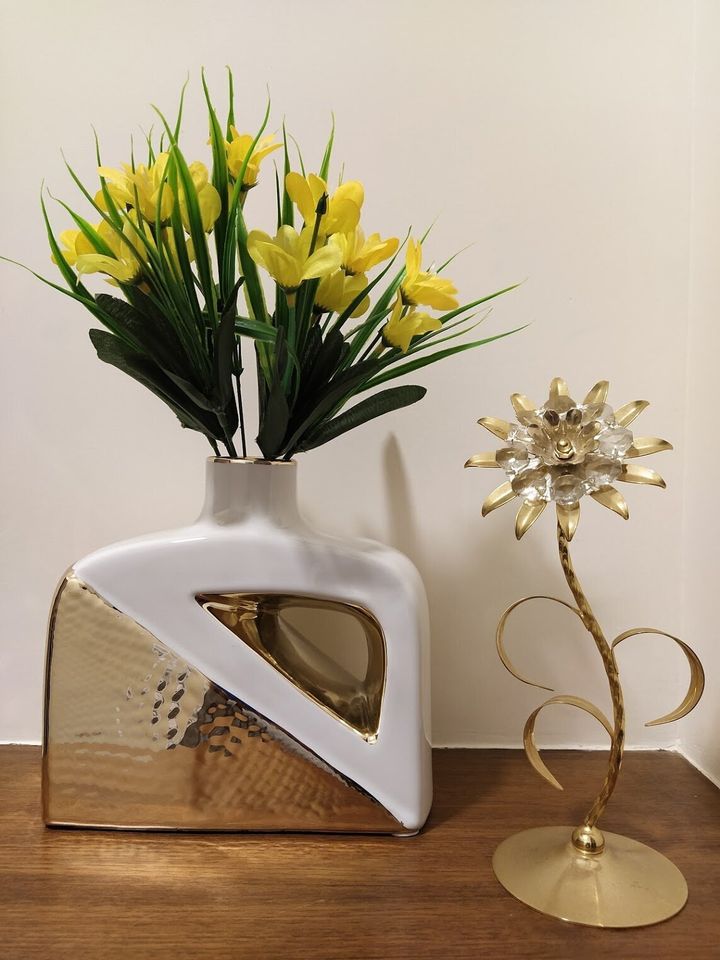
The wide-angle lens helps you capture wider 118-degree frames but you lose out on detail, so choose wisely. The 2MP depth sensor aids pretty decent portrait mode shots—all in all, a decent camera package given the price segment.
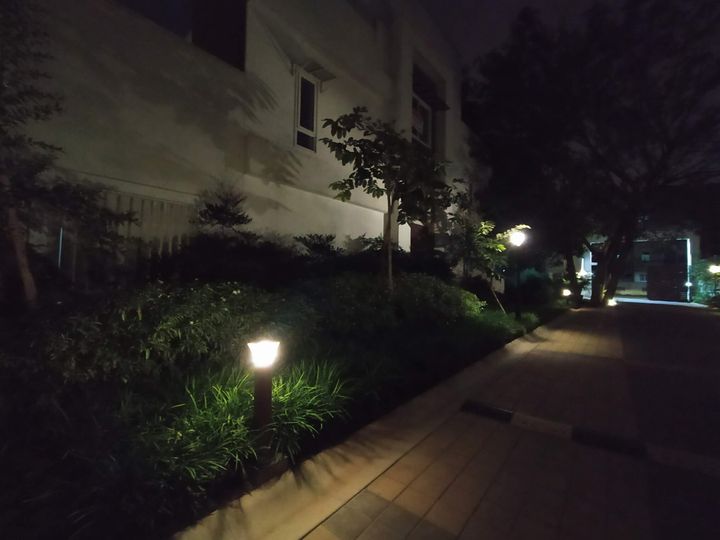
Battery Life: Mr. Fantastic
There’s one upside of the lower-resolution screen—the battery life on the A3’s 4030mAh unit is stellar, and I routinely got a day and a half of heavy use between charges. There’s 18W fast charging support, but you’ll need to spend extra for a fast charger—there’s only a 10W charger in the box.
Mi A3: The Verdict
The Mi A3 is a phone done right, if you can look past the one glaring omission—it packs big battery life, good cameras, excellent software and an overall sorted experience, but is let down by its display and in-display fingerprint scanner. That said, the competition at this price point, which includes the likes of the Realme 5 Pro, the Samsung M30 and the Redmi Note 7 Pro, is fierce and unforgiving, and the customer simply has way better options both in terms of performance and value.